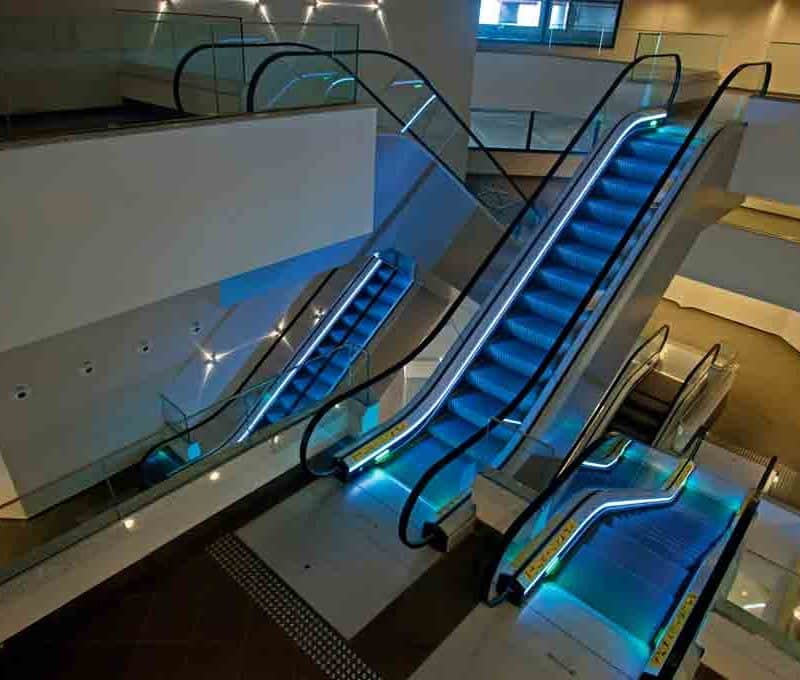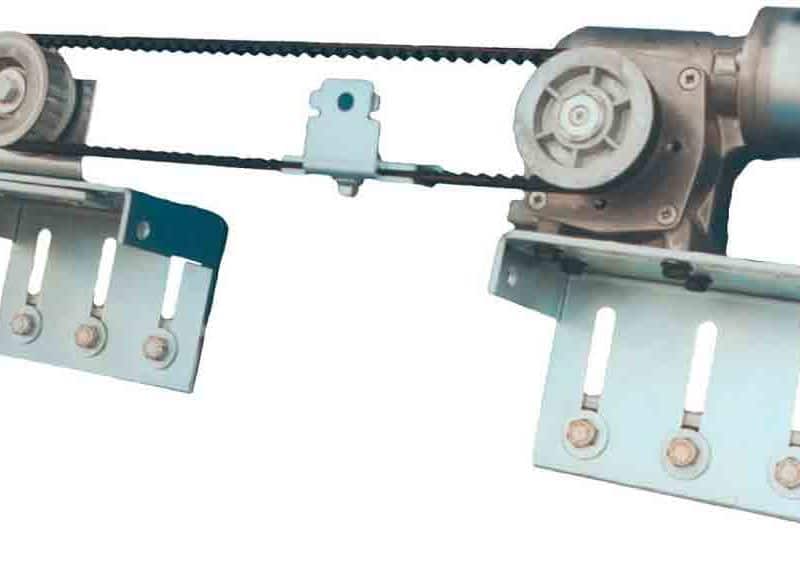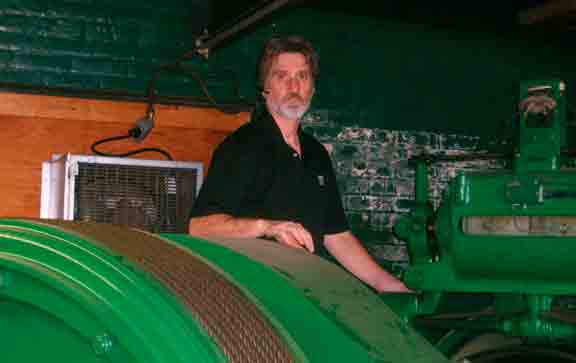New members and responsibilities announced In April, the National Elevator Industry, Inc. (NEII) announced the election of its new board of directors, including officers and Trust Committee members. These elections were made in conjunction with NEII’s annual meeting held in Newark, New Jersey. Board of Directors The NEII Board of Directors is responsible for managing…
Read MoreItalian special lifts designer’s history and recent major projects Maspero Elevatori in one of the leading European firms now operating for top-range elevators. During its almost 50-year history, Maspero has been involved in projects around the world, including the Hermitage Museum in St. Petersburg, Russia, Ferrari and Fiat headquarters in Maranello and Turin, both in Italy,…
Read MoreNew York City welcomed this annual supplier showcase, where attendees enjoyed catching up with one another and discussing industry news. Arriving early to set up the Elevator World, Inc. booth, your reporter was impressed with the activity of the Elevator Contractors of New York (ECNY) Supplier Showcase, which took place on April 18. Machines and…
Read MoreVarious vertical-transportation units were provided for this shopping center, which opened in the midst of Brazil’s shopping-center boom. The Bourbon Shopping Wallig in Porto Alegre, Brazil, capital of the Rio Grande do Sul state, opened on April 26. This Zaffari Group development was equipped with various ThyssenKrupp Elevadores equipment, including 24 escalators, 12 elevators and…
Read MoreWhen the honeymoon is over and the reality of marriage sets in, a few couples may be left contemplating this elevator advertisement. Installed on the elevator doors of a law firm’s building, the image shows a happy couple on their wedding day. When the doors open, the couple splits to reveal a personalized ad inside…
Read MoreLanger & Laumann Ing.-Büro GmbH now offers its door operator (TSG), designed for doors with a panel weight up to 1,500 lbs. The TSG is designed to be a maintenance-free DC motor with an encoder linear drive system that enables it to operate smoothly and silently. The integrated microprocessor controls a soft movement of the…
Read MoreAustralia In April, Schindler Lifts Australia announced its contract to design, supply and install vertical-transportation equipment for Emporium Melbourne. The contract calls for Schindler to provide 32 escalators and 11 passenger and goods lifts. Scheduled to open in late 2013, the Emporium is located in the city’s center and will feature a mix of international…
Read MoreThe hosts of United in Atlantic City 2012 have set educational topics for the upcoming event on September 10-13 in Atlantic City, New Jersey. Among the issues to be discussed include: ASME A18.1: Comparison between 2008 and 2011 The Americans with Disabilities Act Architectural Metal Finishes Destination Dispatch Elevator Modernization Elevators: Preventative Maintenance Escalators: Skirt…
Read MoreWhen I entered the engineering field, I soon became aware of a practice within the elevator industry that, at the time, was primarily offered by the major consulting engineering firms. In addition to designing the mechanical and electrical systems for buildings, practitioners in these companies also developed plans and specifications and provided field observation and…
Read MoreThis busy Certified Elevator Inspection Supervisor (CEIS) speaks about today’s industry, ethical standards and more. Dan Winslow, Certified Elevator Inspection Supervisor (CEIS), is a master juggler. Balancing numerous responsibilities at CNY Elevator Group as senior consultant; partner at CNY Elevator Consultants, LLC; president of CNY Elevator Inspections, Inc.; and designer for CNY Elevator Engineering, he…
Read More












